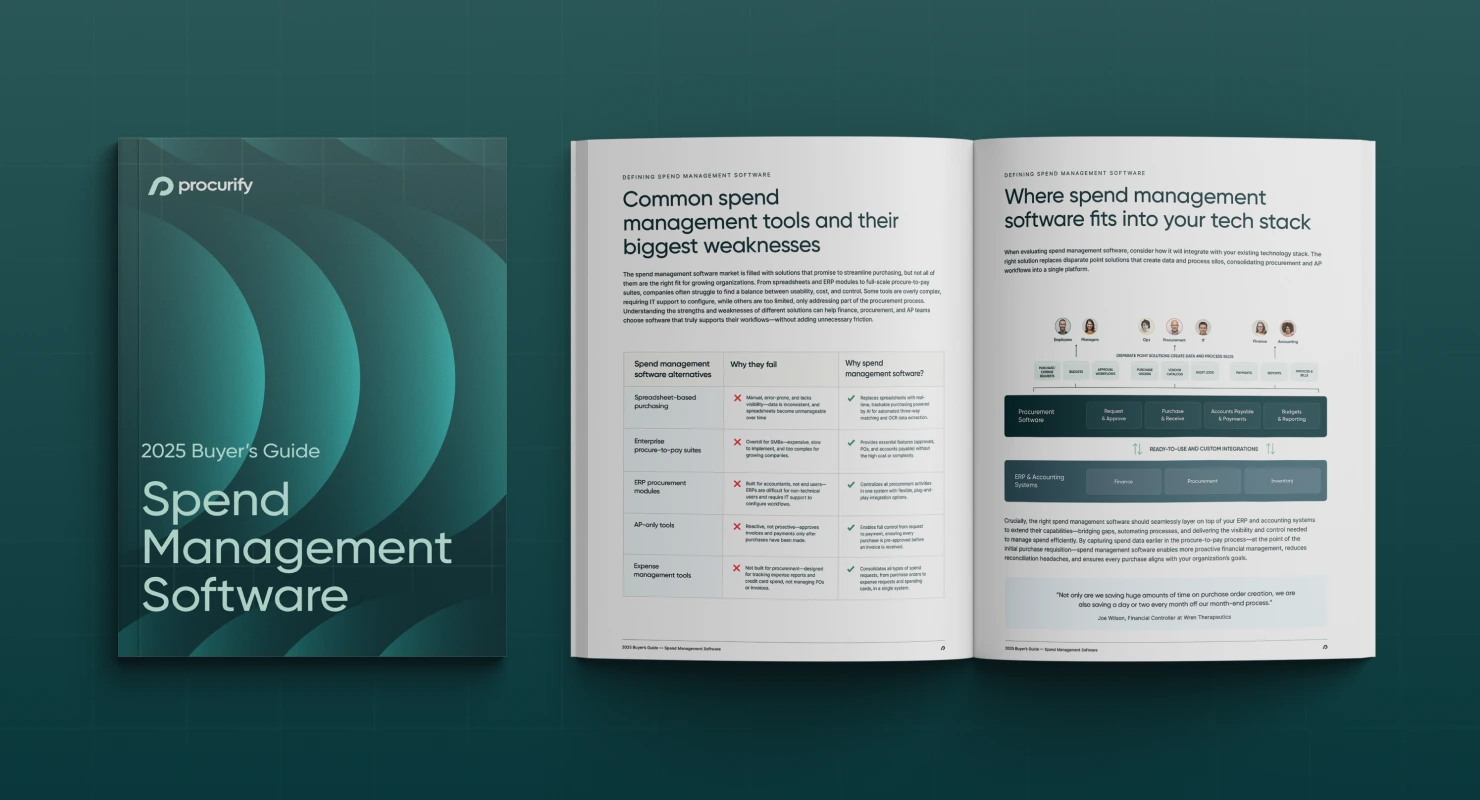An Introduction to Purchasing Best Practices
So…you’re in charge of the purchasing at your firm. You might be a purchaser, general manager, procurement officer or, in some cases, the owner of the company.
In business, purchasing falls on many shoulders.
But although it can be a rather fluid responsibility in regards to who actually manages/oversees/completes the task, the act of purchasing does have a set best practices one can follow.
Caveat: Each business is different (THANKS, SEAN!) and should always be treated as such. Therefore, a set of purchasing best practices should be tailored to suit the needs of each individual business. Purchasing best practices are an excellent roadmap, but without considering the specifics of a business and tailoring accordingly, the success/results/impact on your business will not reach its full potential.
Okay, now that we got that out of the way…what are some examples of purchasing best practices?
Glad you asked! Our friends at KPMG – consulting giant extraordinaire – have assembled a particularly great list.
Streamline your repetitive processes:
- Ordering (using catalogs)
- Invoice approval (using electronic invoice approval flow)
- Invoice processing (using automated three-way matching)
Improve your sourcing strategy:
- Enhanced sourcing support provided by a chosen e-procurement tool
- See strategic sourcing advice quarterly or annually
Choose a better transactional procurement solution:
- Budget, procurement, and AP information all available in ONE system
- Result is fewer errors from manual entries purchase orders and related controls in place
Integrate new technology effectively:
- End-to-end and cross-functional processes are enabled by the procurement solution
- Faster vendor payment through e-billing solution
Review your:
- Order processing efficiency
- Visibility and tracking of invoice status
Establish better reporting capabilities for:
- Project spend versus budget
- Open invoices
- Spend commitments (e.g. purchase orders)
- Vendor performance
- Spend dashboards
- Spend by type of buy
Design procurement/purchasing policies that will bring:
- Clear direction on spending money wisely
- Increased spend authorizations
- Early and active engagement of procurement in the sourcing and procurement cycle
- Transparency around spend
- Improved control and transparency through the use of PO’s
How can e-procurement help?
In case you didn’t notice – the prevailing theme in the aforementioned list of purchasing best practices is the use of technology (specifically an e-procurement solution). Simply put, that’s because e-procurement solutions (the good ones anyway) are built with purchasing best practices in mind.
For instance, invoice approval and invoice processing – two best practices outlined above – are at the core of e-procurement solutions. Approving and processing invoices is easy because all purchase orders, and invoices, are created in the system and cataloged. Nothing gets lost.
Furthermore, transparency around spending and improved control and transparency through the use of POs are also core facets of e-procurement software solutions. Because all spending is recording and cataloged within the system, spending transparency is a given. This capability eliminates maverick spending and allows those working in the purchasing department to dedicate more time to duties such as sourcing effective contracts.

2025 Spend Management Software Buyer’s Guide
Choose the spend management solution best suited to your organization’s needs with an overview of the 2025 software ecosystem, feature comparisons, and a free vendor capability evaluation checklist.
